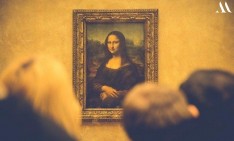These buildings represent our past: where we came from, who our ancestors were, and what ancient civilizations were all about. In their entirety, they reflect the outcomes of their lives—their decisions, ambitions, art and culture, faults and weaknesses—and most importantly, the trajectory of our evolution.
The exhibits in these museums have inspired countless Ph. D.s, theses, films, stories, and artistic works and have become a point of pride for the state. They are incomparable schools in their own right. We travel for fun and adventure, but what truly completes the journey is when we gain perspective on our roots through the blend of old and new knowledge and the groundbreaking understanding of the world beyond our own home.
The State Hermitage Museum, St. Petersburg, Russia
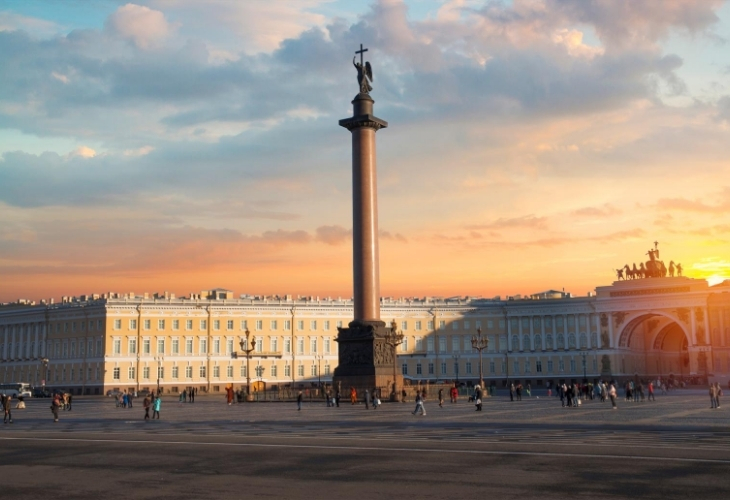
The fact that this museum is the second-largest in the world is not the most important reason why it should be on your must-see list. It is one of the oldest museums, established in 1764, but that alone doesn’t explain why it attracts visitors from all over the globe. The true fascination lies in what the Hermitage Museum represents—it embodies the Russian Empire. Beyond the treasures it holds, the building itself is a major attraction, with its glorious Baroque architecture and distinctive white-and-emerald-green structure. Located on the embankment of the Neva River, the Hermitage complex includes the Winter Palace, Small Hermitage, Old Hermitage, New Hermitage, Hermitage Theatre, and the General Staff Building.
The first building in this complex, the Winter Palace, was the royal residence of the Romanovs, ordered by Empress Elizabeth, hence the name. Ironically, the term "hermitage" or "l'Ermitage" originally referred to a small palace built for Catherine the Great upon her ascension to power—a retreat for solitude, much like a hermit's residence. The Winter Palace also housed a private gallery to display Catherine’s collection of 255 paintings acquired from Germany. As the collection grew, additional annexes were built, and the term "Hermitage" came to refer to the entire complex of six buildings, which occupies a vast 719,480 square feet.
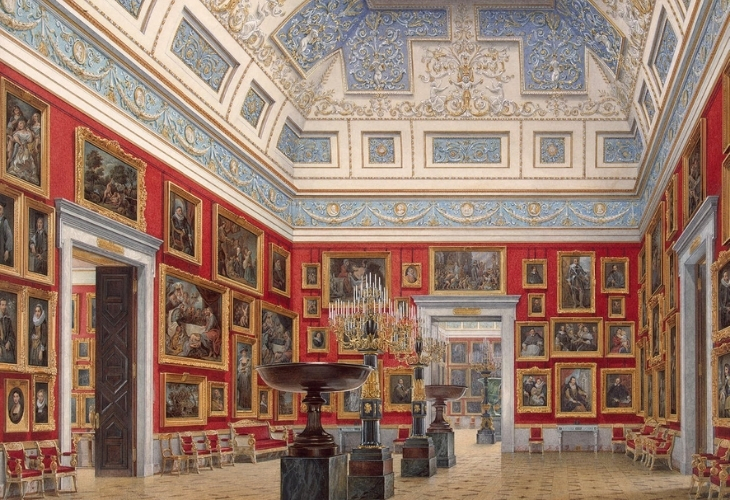
The museum houses over 300 million exhibits, making it one of the largest collections of art and antiques in the world. It features sections dedicated to classical, Renaissance, and modern collections, showcasing paintings and sculptures by Italian, English, Russian, Flemish, Spanish, Dutch, and French artists, among others. Inside the Hermitage, you can find masterpieces by Caravaggio, da Vinci, Raphael, Rembrandt, Titian, Van Dyck, Rubens, Matisse, Renoir, Monet, Van Gogh, Degas, and Snyders, as well as sculptures by Michelangelo and many other world-renowned artists.
The museum also boasts vast rooms dedicated to Classical Antiquity, Egyptian Antiquities, the Treasure Galleries, Numismatics, the War Gallery of 1812, the Peacock Clock, the Leonardo da Vinci Hall, and the Raphael Loggia. Other notable spaces include the Jordan Staircase, the Small Throne Room (also known as the Peter the Great Memorial Hall), the Pavilion Hall in the Small Hermitage, George’s Hall (the Large Throne Room), the Private Royal Chambers, the Gold Drawing Room, the Italian Skylight Hall, the Armorial Hall, and much more.
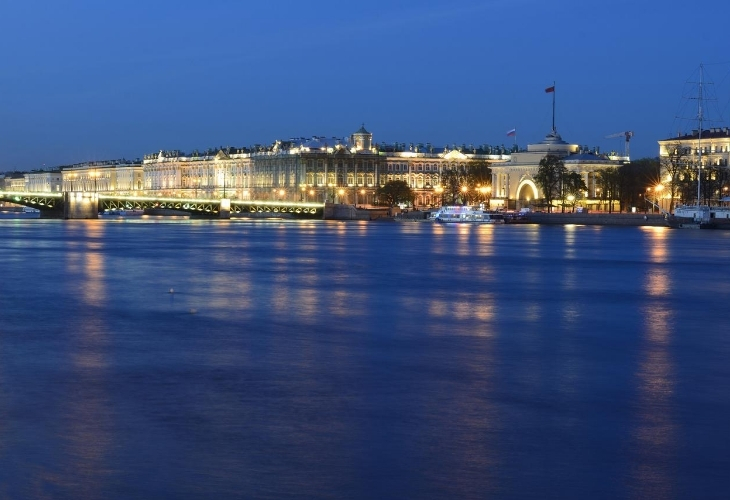
Opening Times: 10.30 – 18.00: Tuesday, Thursday, Saturday, Sunday 10.30 – 21.00: Wednesday & Friday Closed: Monday |
Egyptian Museum, Cairo, Egypt
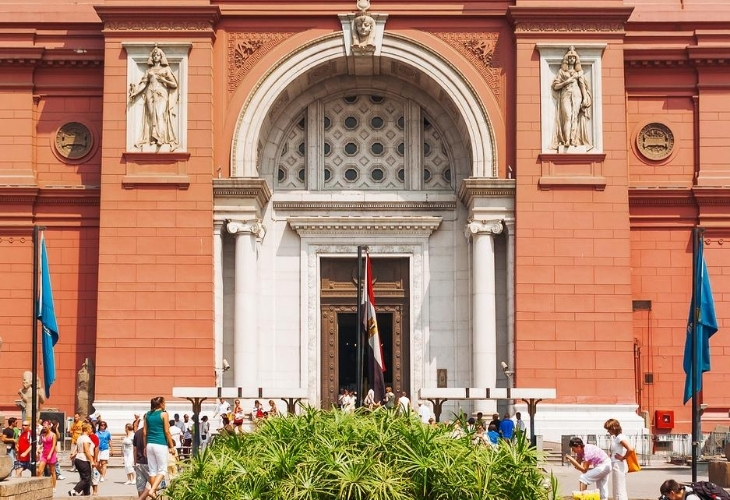
The Egyptian antiquities collection is so extraordinary that the world’s largest museums have dedicated entire sections to showcasing it. Throughout history, great empires coveted Egyptian artifacts, which often led to plundering and looting from the country’s many archaeological sites. Sometimes these treasures were traded between nations, offered as tokens of friendship, or exchanged through clandestine dealings among poachers. Regardless of how they changed hands, Egyptian antiquities invariably ended up in private collections, museums, and political offices.
A visit to the world-famous repository of Egypt’s treasures in its homeland is truly fitting. The collection highlights the political, symbolic, and cultural significance of Egypt's ancient civilization, particularly during the Pharaonic and Greco-Roman periods. It houses more than 120,000 items, including around 1,700 pieces from Tutankhamun's tomb, including the iconic solid-gold mask that once covered the pharaoh’s head.
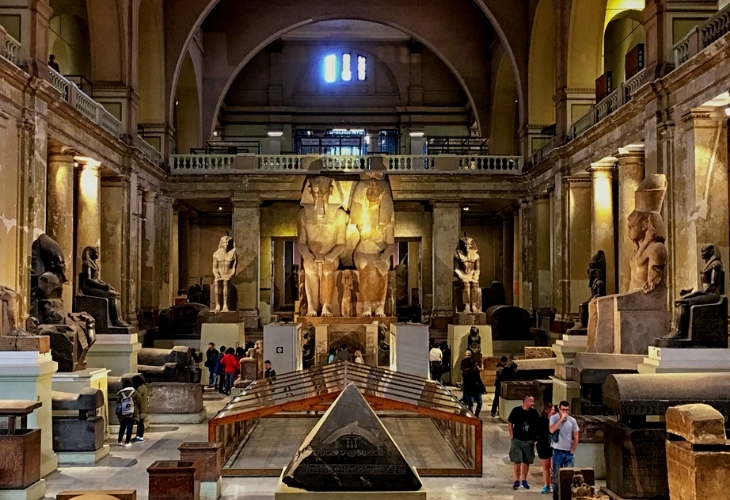
The Egyptian Museum and the Grand Egyptian Museum (GEM) represent two key cultural institutions in Egypt, but they differ greatly in their history and offerings.
Egyptian Museum: Established in 1858 in Būlāq, it later moved to its iconic location in Tahrir Square in 1902. Although home to a rich collection of antiquities, it has faced challenges such as limited space (15,000 square meters) and occasional security issues.
Grand Egyptian Museum: Situated near the Giza Pyramids, the GEM has been designed as a vast, state-of-the-art facility spanning 120 acres. With over $1 billion budget, it aims to house more than 100,000 artifacts. Its much-anticipated full opening is now expected in late 2024. In the meantime, limited access is granted to certain areas like the Grand Hall, main galleries, and gardens. The museum's layout includes monumental features such as a grand staircase and panoramic views of the pyramids, but key exhibits like the Tutankhamun galleries are still awaiting public display.
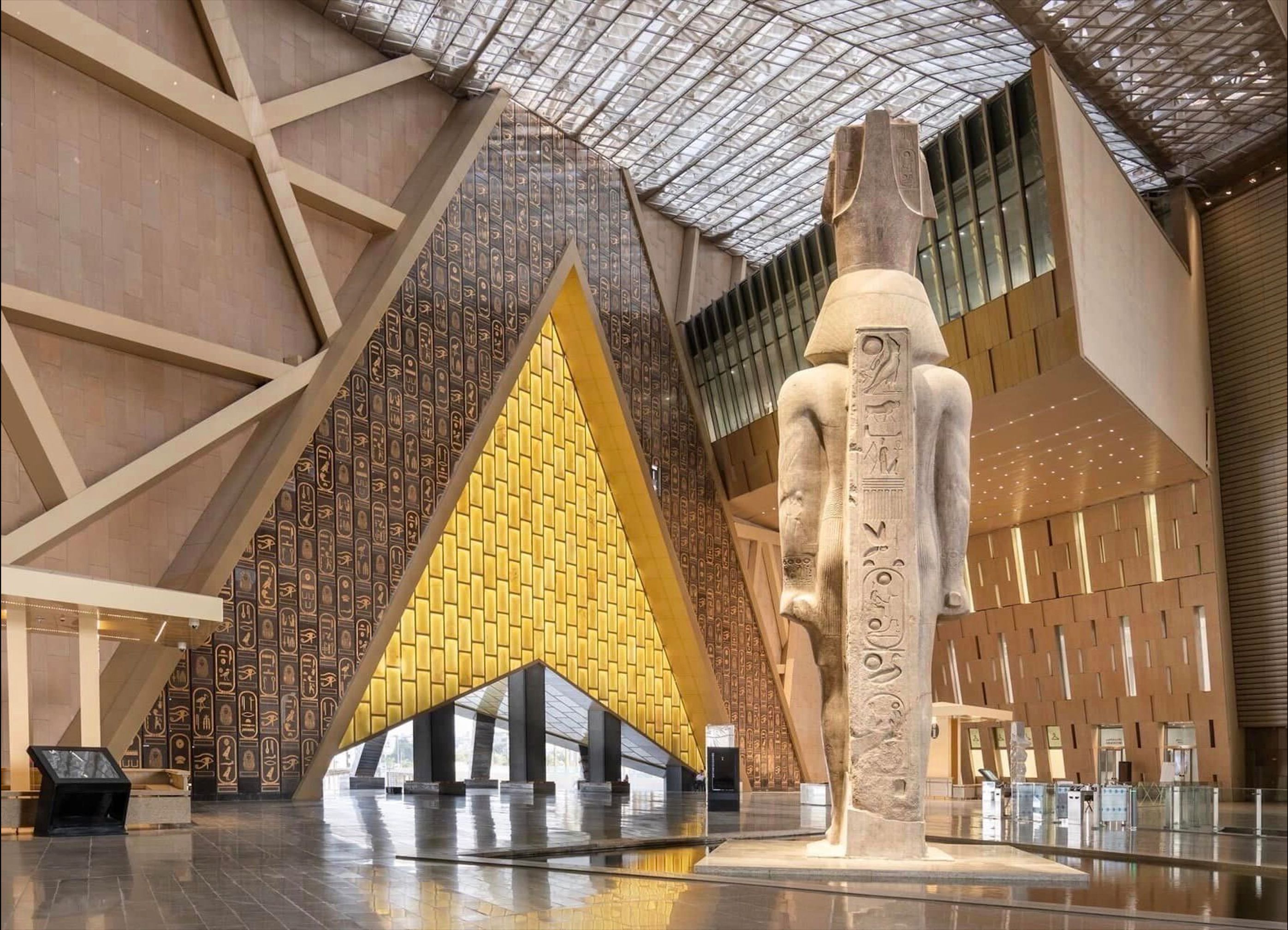
Opening Times: Mon-Wed 9 am-7 pm, Sun & Thu 9 am - 9 pm, Fri & Sat – 9 am - 4 pm |
Le Louvre, Paris, France
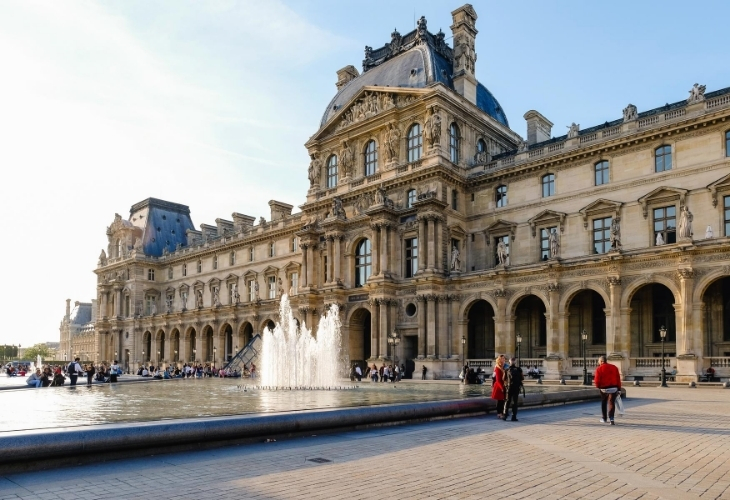
The Louvre, or Musée du Louvre, holds the title of the largest museum in the world, encompassing 782,910 square feet of exhibition space along the Seine River in Paris. Its magnificent Baroque architecture is a testament to France's imperial legacy and houses world-renowned masterpieces, including Leonardo da Vinci’s Mona Lisa (1503–19).
The Louvre’s story is one of transformation. Originally built in the 12th century as a medieval fortress to defend against English invasions, its role shifted over time. In the 14th century, it became a royal residence under Charles V. The significant turning point came in 1546 when Francis I, a patron of the arts, initiated its transformation into a French Renaissance-style palace. This period also marked the beginning of its art collection, as Francis I amassed an impressive array of paintings and antiquities. Over the centuries, the Louvre evolved through construction, deconstruction, and renovations to become the iconic museum we know today.
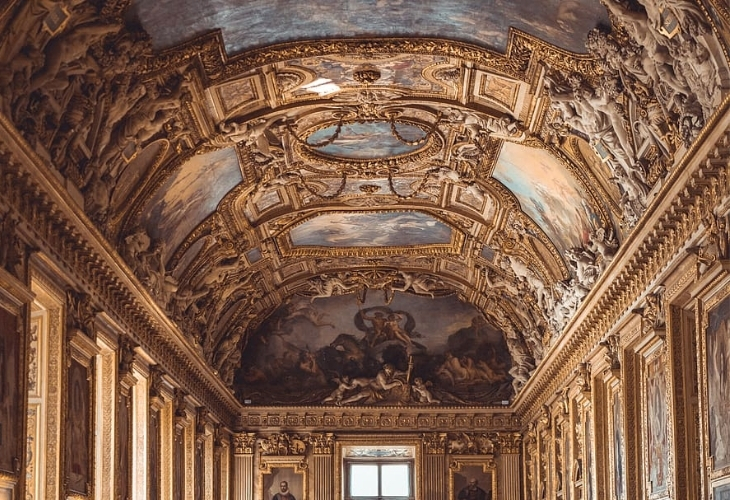
In 1682, the Louvre Palace primarily became a showcase for the royal collection. By then, the Palace of Versailles had been renovated and expanded, and was ready to serve as the new royal residence, as Louis XIV had decided to move the royal court there. The Louvre also functioned as a residence for artists under royal patronage for many decades. In 1793, part of the Louvre was opened to the public as a museum. That year was infamous in the French Revolution, as it also marked the year when King Louis XVI and his wife, Marie Antoinette of Austria, were taken from Versailles, confined to the Tuileries Palace, and eventually executed by guillotine.
From 1802 to 1815, Napoleon renamed the Louvre the "Napoleon Museum" and expanded its collection with art treasures looted from across the world. It was under his vision that the Louvre became the institution it is today.
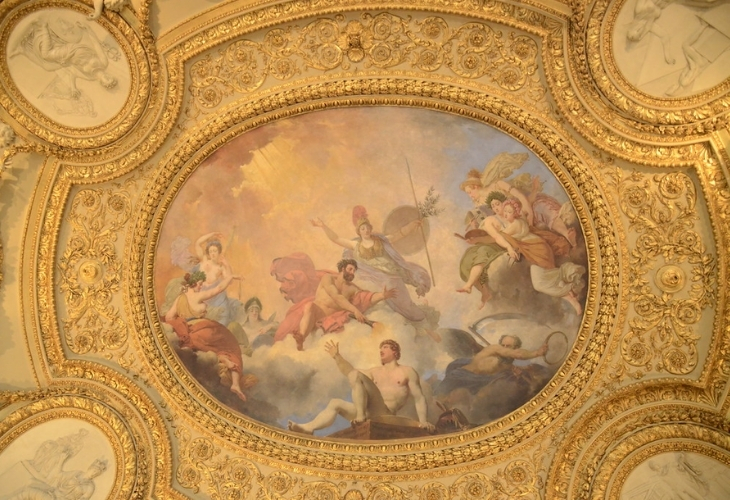
There are three entrances: the main entrance at the pyramid, the Carrousel du Louvre, and the Porte des Lions. The Museum consists of three wings: Denon, Sully, and a renovated Richelieu, which was the former office of France’s Ministry of Finance. The collections are distributed in 8 sections. You can spend the whole day exploring the Paintings, Sculptures, Egyptian Antiquities, Islamic Art, Near Eastern Antiquities, Greek, Etruscan, and Roman Antiquities, Prints, Drawings, and Decorative Arts. The objects in the collections range in date from 5,000 B.C. to the 19th century.
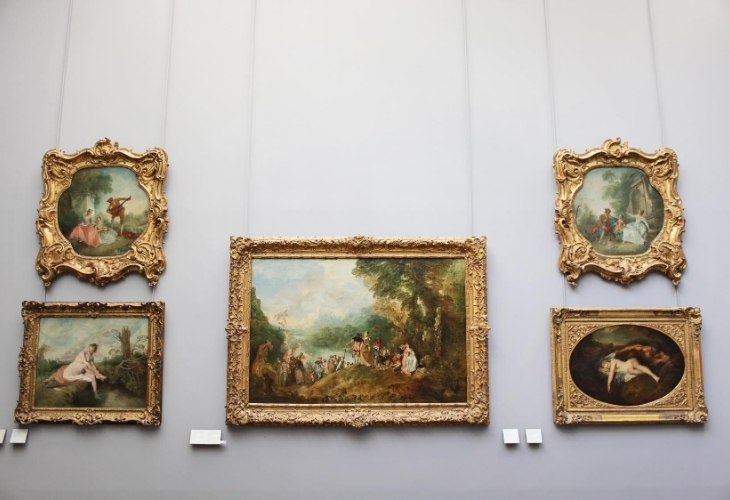
Most famous pieces are Eugene Delacroix's "Liberty Leading the People," Jacques-Louis David's "The Coronation of Napoleon," "Venus de Milo," and "Winged Victory," Antonio Canova's "Psyche Revived by Cupid's Kiss," da Vinci's "The Dying Slave” and “The Virgin and Child With Saint Anne," Victor Hugo's "Les Miserables."
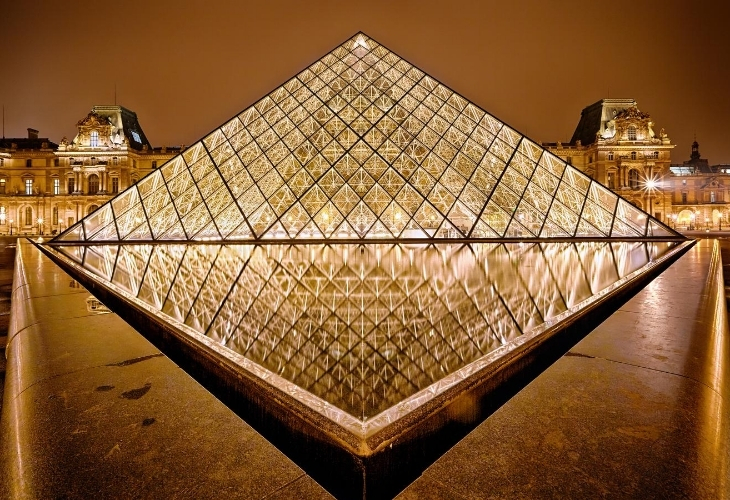
|
Opening Times: Mon, Wed, Thurs, Fri, Sat, Sun - 9 a.m.– 6 p.m. Tuesday: Closed. Rooms begin closing at 5:30 p.m. |
British Museum London, United Kingdom
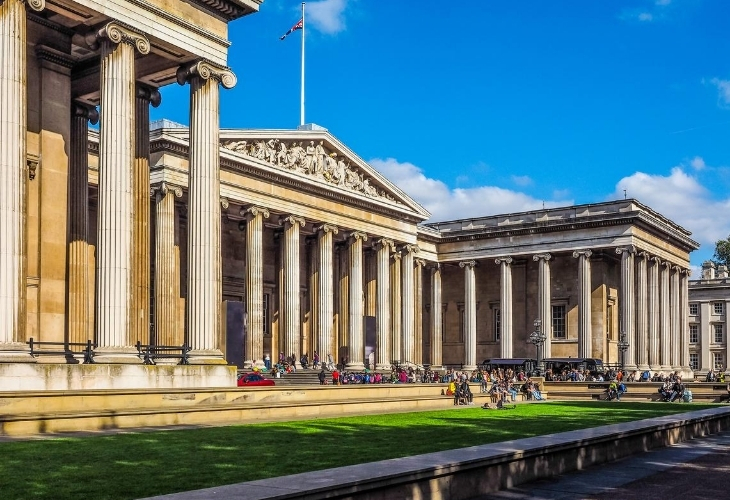
The British Museum, established in 1753, is somewhat controversial and rumoured to be the world's largest receiver of stolen goods. Many countries are calling out to the museum to return their property that was stolen from their country.
1. Egypt wants its “Rosetta Stone” back, which is the British Museum's stolen possession.
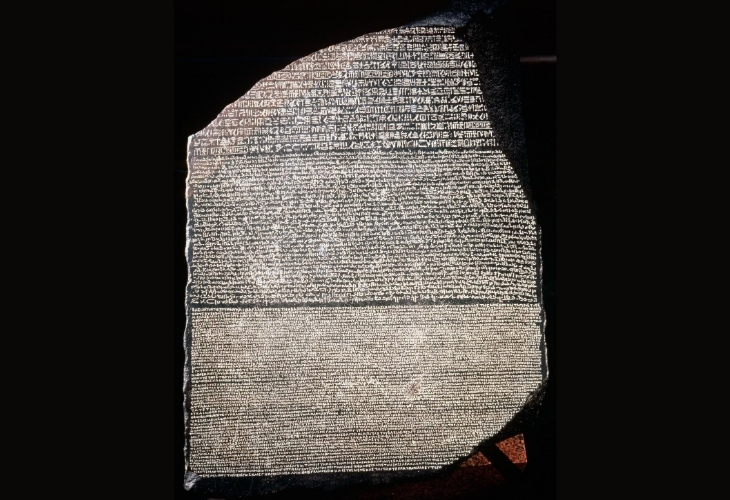
2. Nigeria has repeatedly been asking for its Benin bronzes.
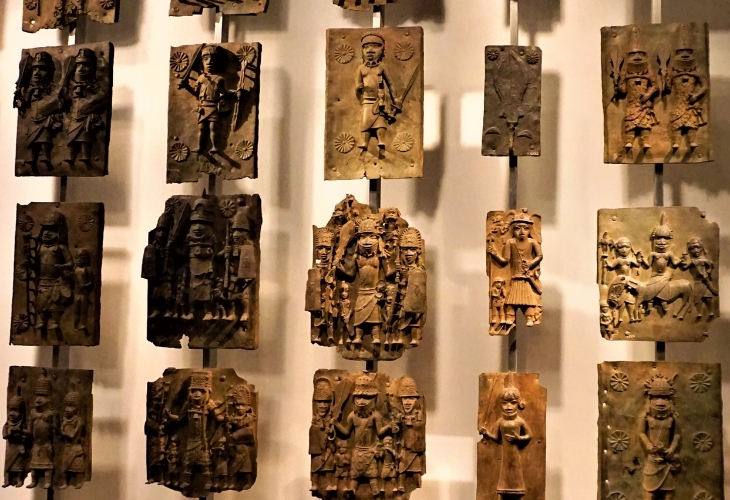
3. Easter Island wants its spiritually significant “Moai” head statue back.
4. Australian Aboriginals want their Gwaegal shield.
5. Greece wants its “Elgin marbles.”
6. China has been asking for artifacts looted in the 19th century.
7. India wants her previous “Koh-i-Noor” diamond, amongst many others, for decades now. Kohinoor was seized by the British Empire's East India Company as one of the massive loots during the colonial era. This particular gem is kept in the Tower of London.
The British Museum issued a statement saying that these treasures "are world heritage objects and are more accessible to visitors in London." Therefore, for the time being, if you wish to see these remarkable treasures and immerse yourself in 2 million years of history, you’ll need to visit the museum — whether or not you agree with the political implications of their acquisition.
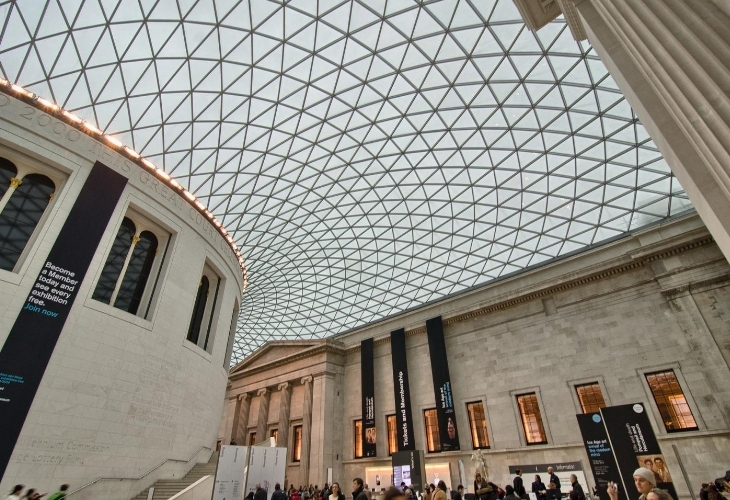
There are seven million objects from all over the world, including a collection of Greek and Etruscan terracotta pieces, the Sutton Hoo treasure, some of the most famous sculpted stone shafts of Maya stelae, and beautiful turquoise mosaic objects from the Mixtec and Aztec civilizations. The collection also features Roman glass, sections dedicated to China, Japan, and the South Pacific, and displays of Aboriginal and Torres Strait Islander cultural artefacts, as well as emergency currency from World War I, known as German "Notgeld." One of the most enjoyable areas is the King George Library and the "Enlightenment Room," along with many other attractions. You could easily spend an entire day exploring just this part!
Opening Times: Daily - 10 am – 5:30 pm. Friday open till 8:30 pm (only certain galleries) Closed: 1 January, Good Friday, 24, 25, 26 December. |
Origin Centre, Johannesburg, South Africa
This is an extraordinary museum, not only because it is a new institution but also because it focuses on some of the oldest discoveries in human history. The Origins Centre Museum's motto is "We are who we are because of who we were," it couldn’t be more fitting. Located on the University of the Witwatersrand (Wits) campus within the archaeology department, this relatively small museum doesn’t compete with the giants of the museum world. Yet, it holds a special place, as it contains something precious to us all—our origins.
A tour of this museum takes you on an interactive journey through the emergence of human beings and the development of humanity in Africa, followed by its spread to the rest of the world. You’ll see fossils over 4 billion years old, ancient tools and artifacts, the first human artwork from cave walls, and rock engravings, and learn how these discoveries have been instrumental in understanding the origins of humanity and the evolution of art, symbolism, and language in Southern Africa.
Opening Times: Monday - Saturday: 9am - 5pm Sunday: 10am - 5pm
|
It’s recommended that you visit “Cradle of Humankind” (Fossil Hominid Sites of South Africa), located about 50 km northwest of Johannesburg. It contains a complex of limestone caves and has given a large number of hominin fossils ever found, some dating back as far as 3.5 million years ago, which are the oldest finds.
| Tags ~ Best art museums in the world, Famous museums in the world, Top 5 art museums in the world, historical artifacts, Best Museums in the world, history of museums |
.png)







